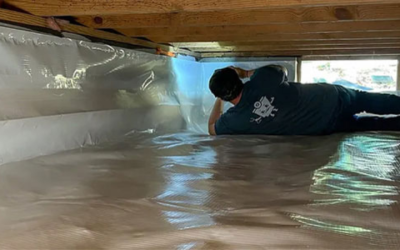Raising capital efficiently while adhering to regulations is essential in the fast-paced startup ecosystem. Rule 506(b) of Regulation D provides a streamlined way for startups to secure funds through private placements without SEC registration. This article outlines how Rule 506(b) enables fundraising from accredited investors, the role of self-certification in verification, and the importance of pre-existing relationships.
Overview of Rule 506(b)
Rule 506(b) permits startups to raise unlimited funds from accredited investors and up to 35 non-accredited investors with whom the offering has a pre-existing relationship. . After the first sale, startups may file a Form D with the SEC and comply with state laws rather than go through the formal SEC registration process. This funding pathway allows accredited investors to self-certify their accreditation status, making Rule 506(b) the ideal capital-raising vehicle for early-stage companies targeting investors familiar with high-risk opportunities.
Accredited Investors and Verification
Accredited investors must meet specific SEC financial, certification, or employment criteria (e.g. worth over $1 million (excluding primary residence), Series 65 licensing, etc.).Under Rule 506(b), startups rely on investors certifying their accreditation status, and issuers may accept this at face value unless they see a reason not to. Unlike Rule 506(c), which demands rigorous checks, this self-attestation by the investors simplifies the investment process. Non-accredited investors, however, require detailed disclosures, making accredited investors preferable.
The Role of Self-Certification
Self-certification reduces administrative hurdles. Investors provide proof or attest to their status, and startups document this to maintain a reasonable belief in their eligibility. This efficiency lets founders prioritize growth over extensive vetting.
Establishing Pre-Existing Relationship
Rule 506(b) prohibits general solicitation as it instead requires pre-existing relationships with investors before offerings. These connections, built through prior interactions, ensure compliance and reflect an understanding of investors’ finances and risk tolerance. Networks like angel groups and pitch events, such as conferences, facilitate these links. Startups must document interactions—via notes or emails—for compliance.
Benefits for Startups
Rule 506(b) offers:
- Unlimited Capital: No cap on funds from accredited investors.
- Simplified Verification: Self-certification cuts time and administrative costs.
- Targeted Outreach: Engage industry-savvy investors.
- Regulatory Ease: Skip SEC registration, focusing on growth.
Risks, like accidental solicitation, require careful documentation to avoid.
Practical Considerations
To use Rule 506(b) effectively:
- Build Networks Early: Connect with investors pre-fundraising.
- Document Everything: Record all investor interactions.
- Verify Status: Collect and store self-certifications.
- Seek Legal Advice: Ensure compliance with all laws.
- Be Transparent: Share clear details with investors.
These steps enable efficient, compliant fundraising.
Rule 506(b) empowers startups to raise capital through accredited investors with minimal bureaucracy. By leveraging self-certification and pre-existing relationships, founders can streamline efforts and focus on scaling. With proactive networking and thorough documentation, startups can harness this regulation for successful early-stage growth.








